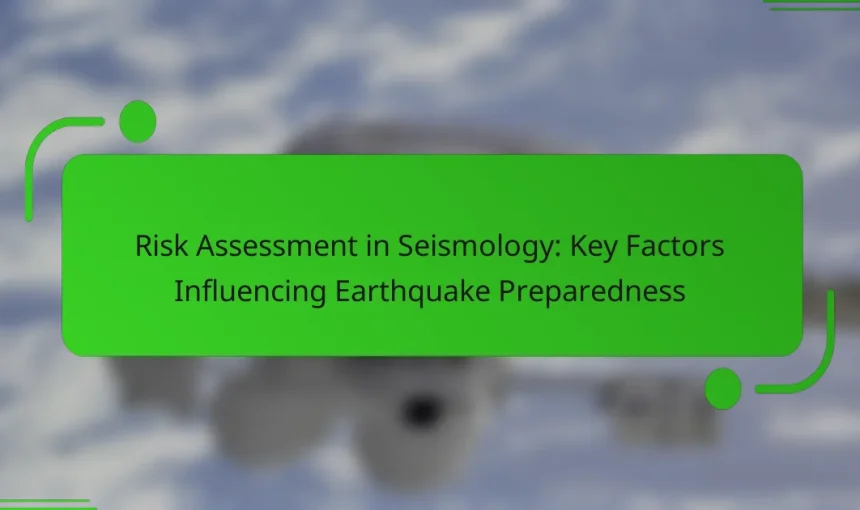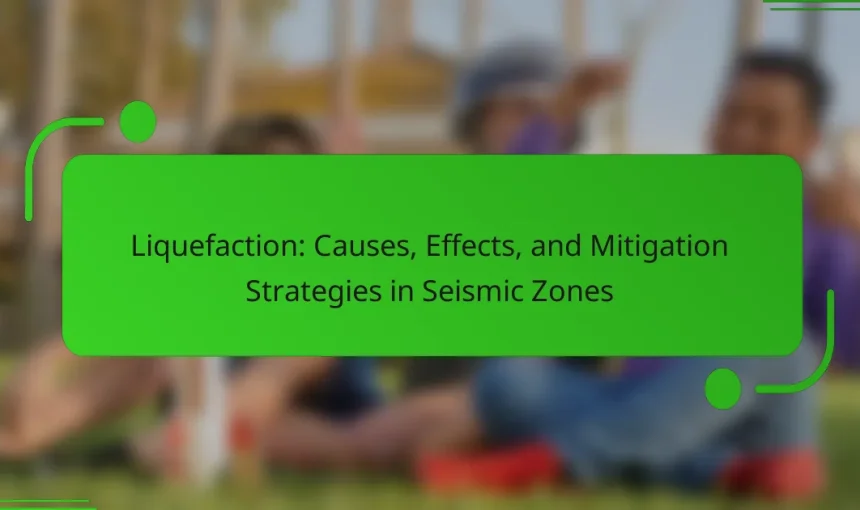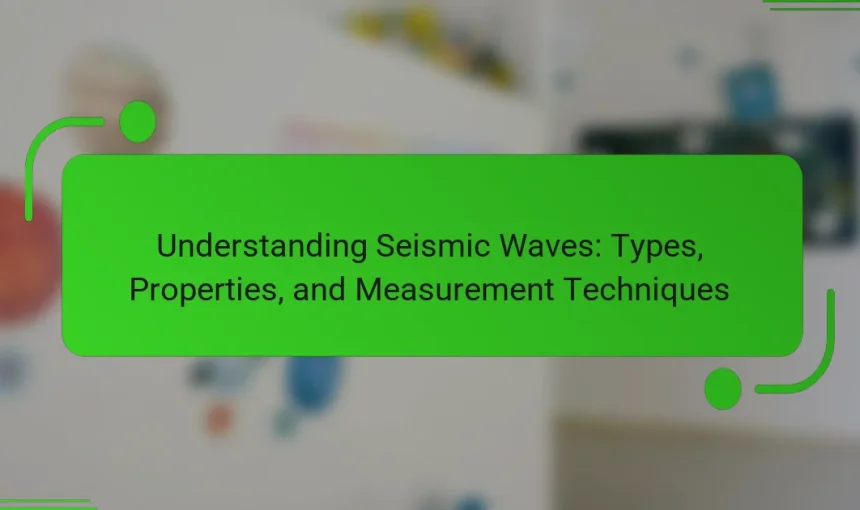Integrating geospatial data into seismic risk evaluation processes enhances the analysis of earthquake impacts on specific locations by combining geographic information with seismic hazard assessments. This approach utilizes data such as land use, population density, and infrastructure mapping to identify vulnerable areas and prioritize mitigation efforts. Best practices include employing high-resolution spatial datasets, real-time seismic […]
Risk assessment in seismology evaluates the potential impacts of earthquakes on communities and infrastructure. This process involves analyzing seismic hazards, vulnerabilities, and exposures, utilizing methodologies such as probabilistic seismic hazard assessment (PSHA) and deterministic seismic hazard assessment (DSHA). Key factors influencing this assessment include geological conditions, historical data, building codes, and community preparedness initiatives. Accurate […]
Liquefaction is a geological phenomenon characterized by the loss of strength and stiffness in saturated soil due to applied stress, often during earthquakes. This article explores the causes and effects of liquefaction, highlighting its potential to cause significant ground failure, structural damage, and the historical context of events like the 1964 Alaska earthquake. It also […]
Seismic waves are energy waves produced by the sudden release of energy in the Earth’s crust, primarily during earthquakes. They are categorized into body waves, which include primary waves (P-waves) and secondary waves (S-waves), and surface waves that travel along the Earth’s surface. The article explores the properties of seismic waves, such as speed, frequency, […]



